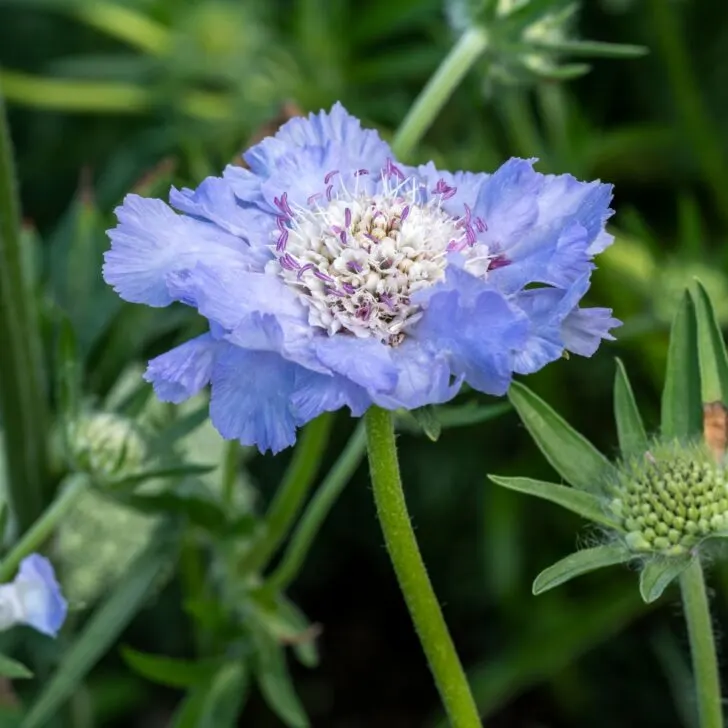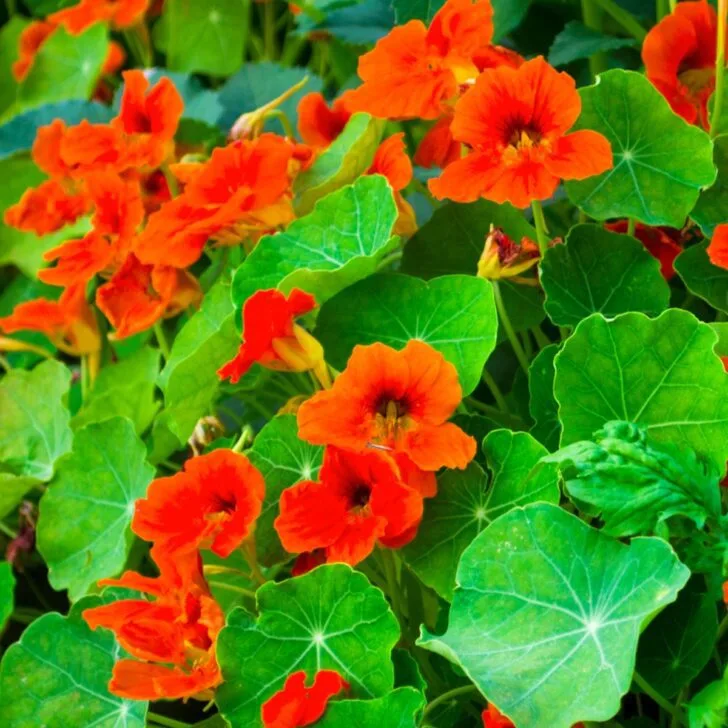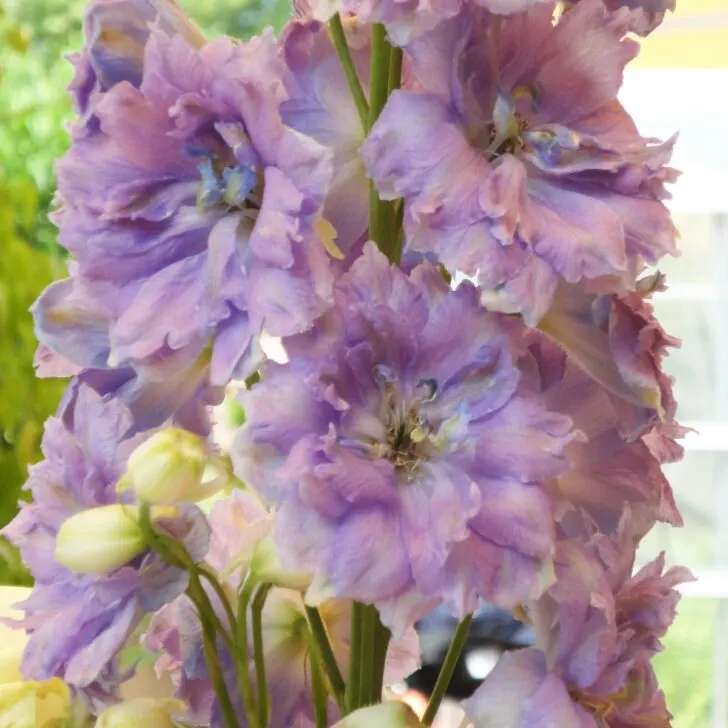Winter sowing in milk jugs is a cheap and easy way to start seeds outside! I'll show you how I'm winter sowing echinacea with this method step by step!
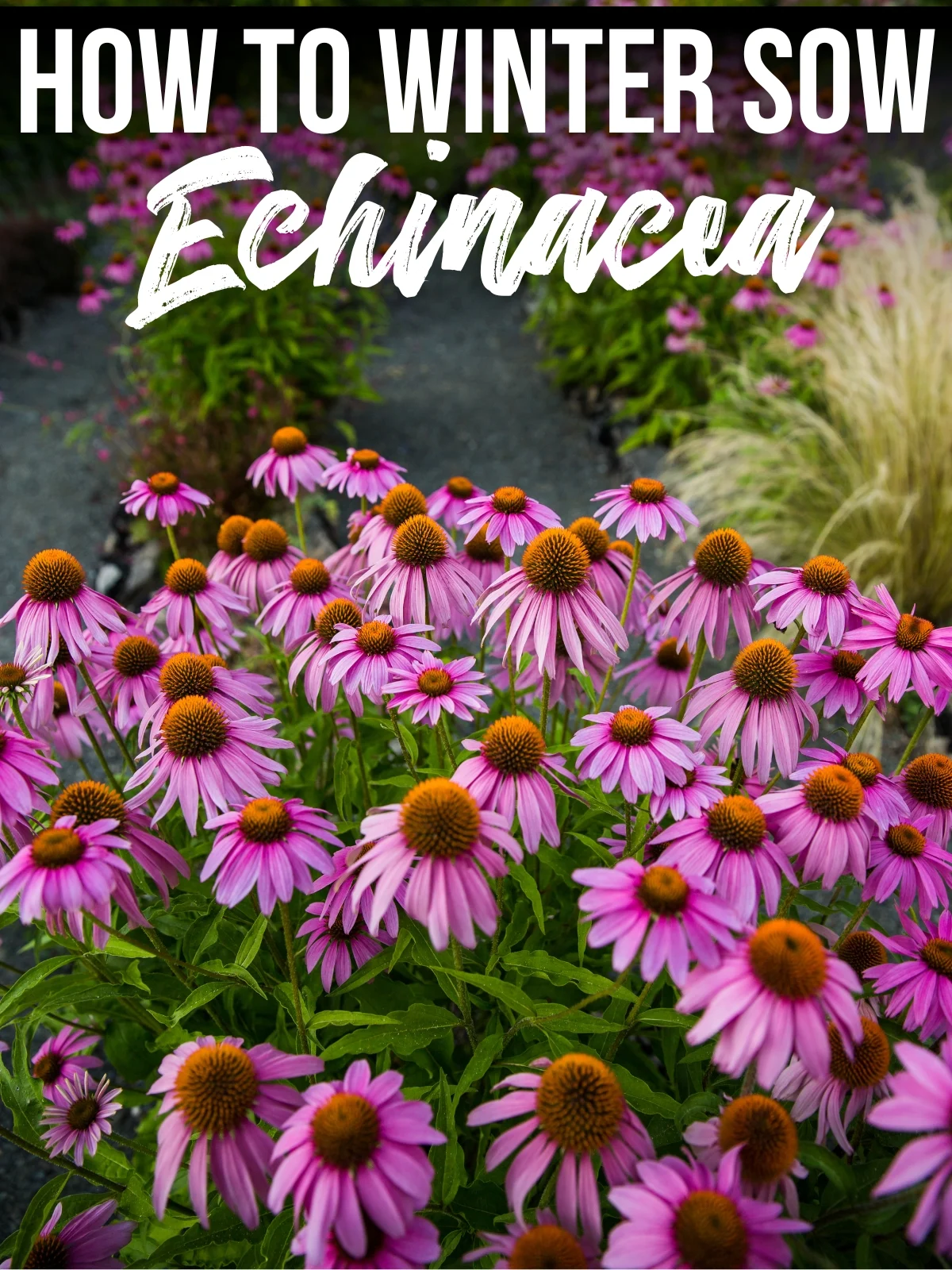
Echinacea purpurea, commonly known as purple coneflower, is a perennial plant renowned for its striking purple blooms and medicinal properties. Native to North America, this plant can attract butterflies and other pollinators to your garden.
Growing Echinacea from seed is super easy when winter sowing. This plant-it-and-forget-it method involves sowing the seeds in a milk jug or other clear container and placing it outside over the winter. Come spring, the seedlings are ready to plant out in the garden!
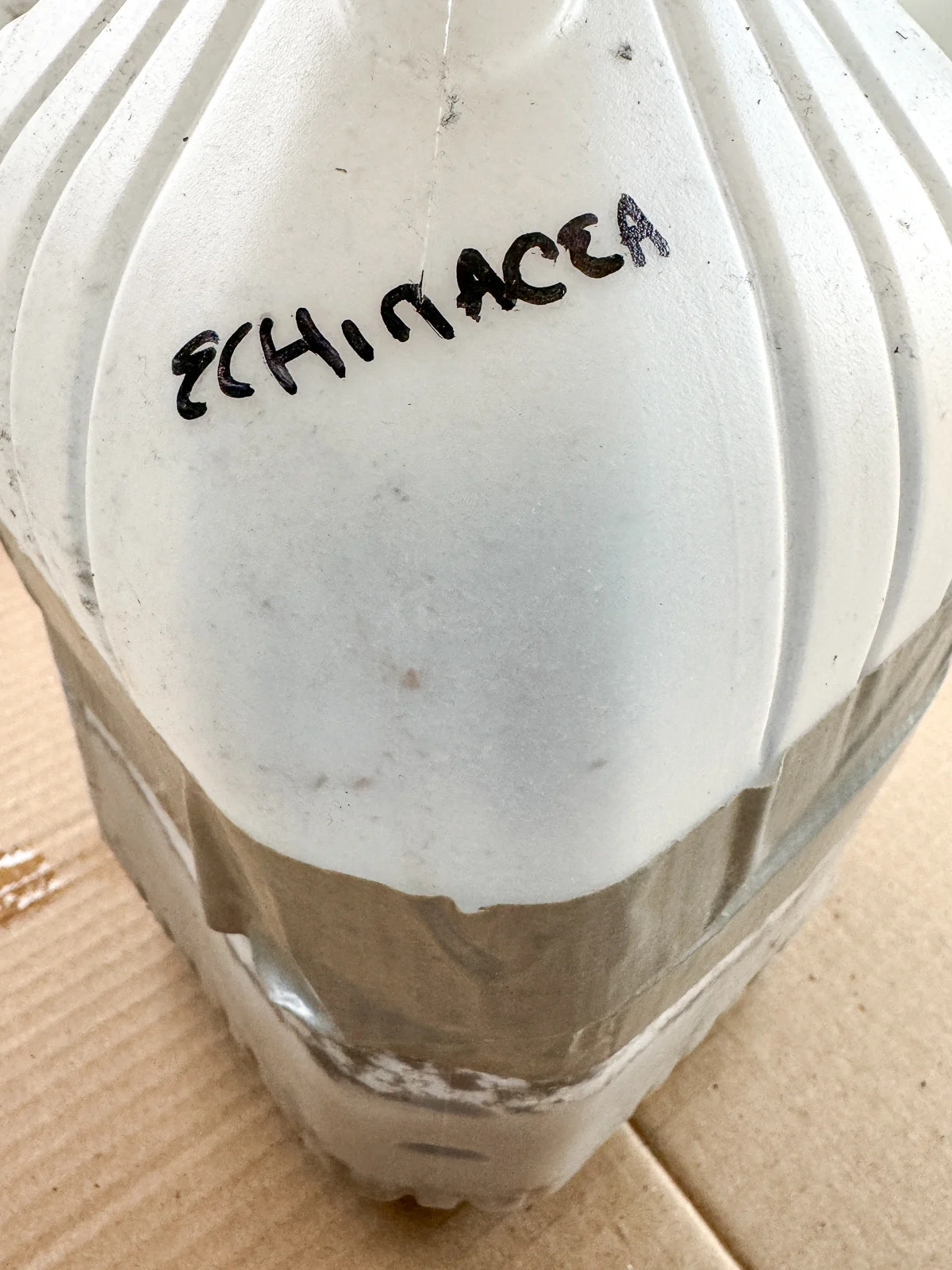
While you can also direct sow echinacea seeds in the garden in fall, it comes with a few risks. Your seeds could be eaten by birds and other animals, or they could wash away in a heavy rain. You might even accidentally "weed" the seedlings you wanted to grow!
Winter sowing in milk jugs provides the same cold stratification process, but in a more controlled environment. Here's how!
Purple Coneflower at a Glance
| Botanical Name | Echinacea purpurea |
| Common Name | Purple Coneflower |
| Plant Type | Perennial |
| Native Habitat | North America |
| Height | 2 to 5 feet |
| Flowering Time | Early to Late Summer |
| Sun Exposure | Full to Part Sun |
| Soil Type | Well-Draining, Neutral to Slightly Acidic |
| Seed Sowing Depth | ⅛ inch |
| Germination Time | 10-20 days after stratification |
| Spacing | 8-12 inches apart |
Echinacea Varieties
Purple coneflower, E. purpurea, is one of ten species in the Echinacea family. Plant breeders have developed numerous new cultivars that expand the color range into red, pink, orange, and multi-color blooms.
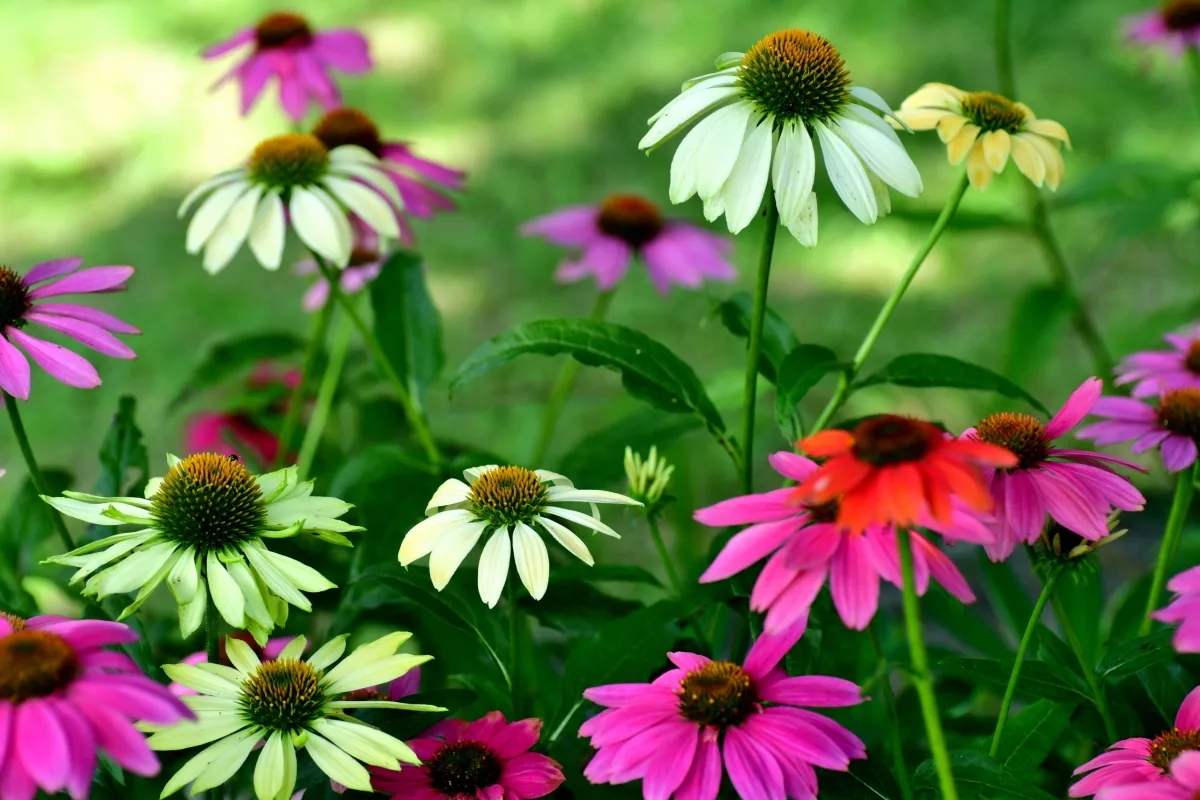
While E. purpurea does not need to be prechilled, germination is greatly enhanced if they experience at least a week of cold temperatures. Other types of echinacea require weeks of cold stratification in order to break dormancy, so check your seed packet for more information.
How to Winter Sow Purple Coneflower Seeds
While winter sowing takes a bit of pre-planning, it's so much easier than starting seeds in trays indoors. Let Mother Nature do the chilling and watering for you!
Prepare the jug
Wash out a milk jug and cut drainage holes in the bottom. Then use a utility knife to cut it in half, leaving a few inches intact under the handle to act as a hinge.
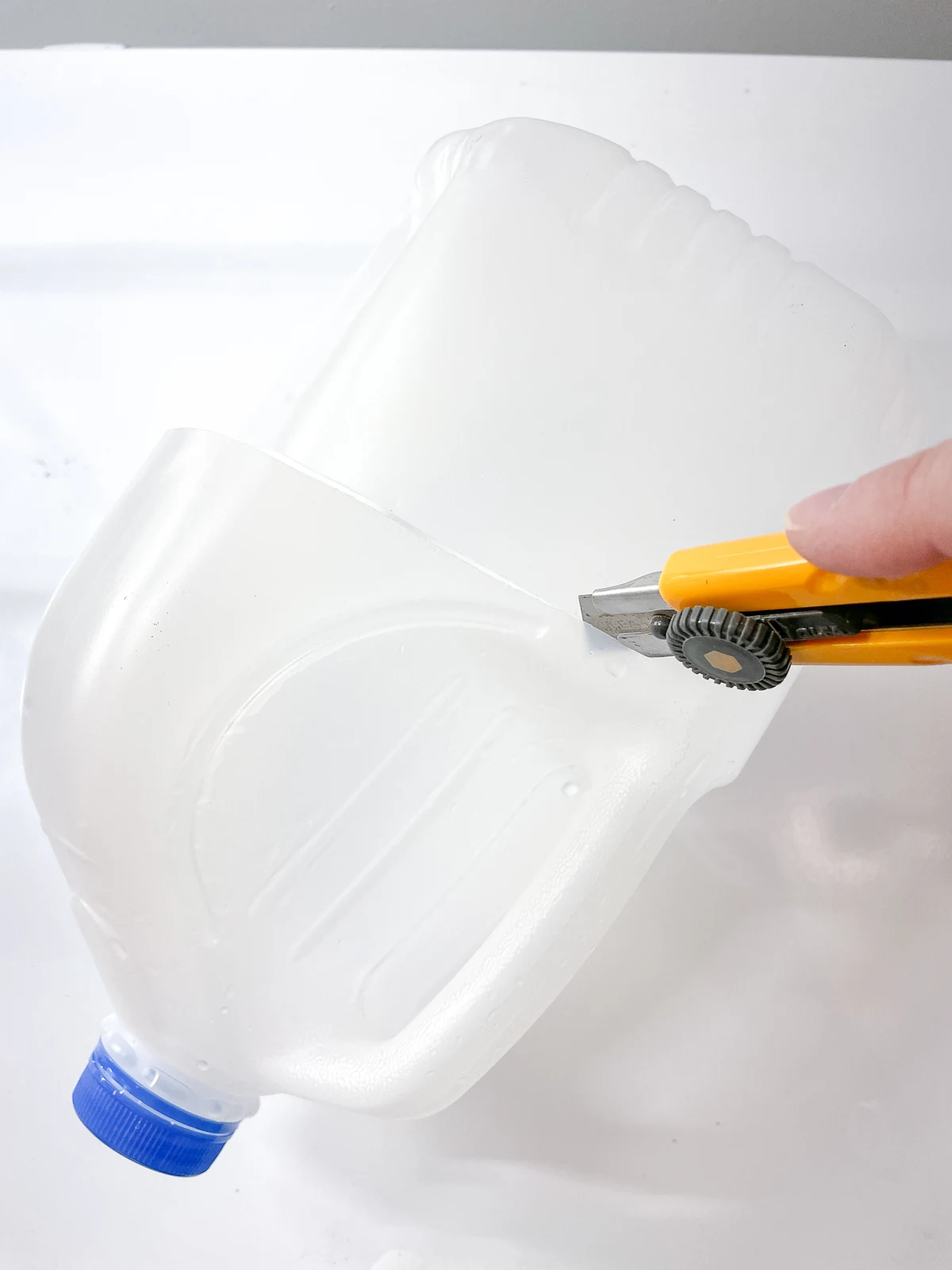
Open up your container and fill the bottom with damp, well-draining potting soil. Seed starting mix tends to dry out too quickly for this method.

Plant the seeds
Echinacea seeds need light to germinate, so just sprinkle them over the top of the soil and press lightly to ensure good contact.
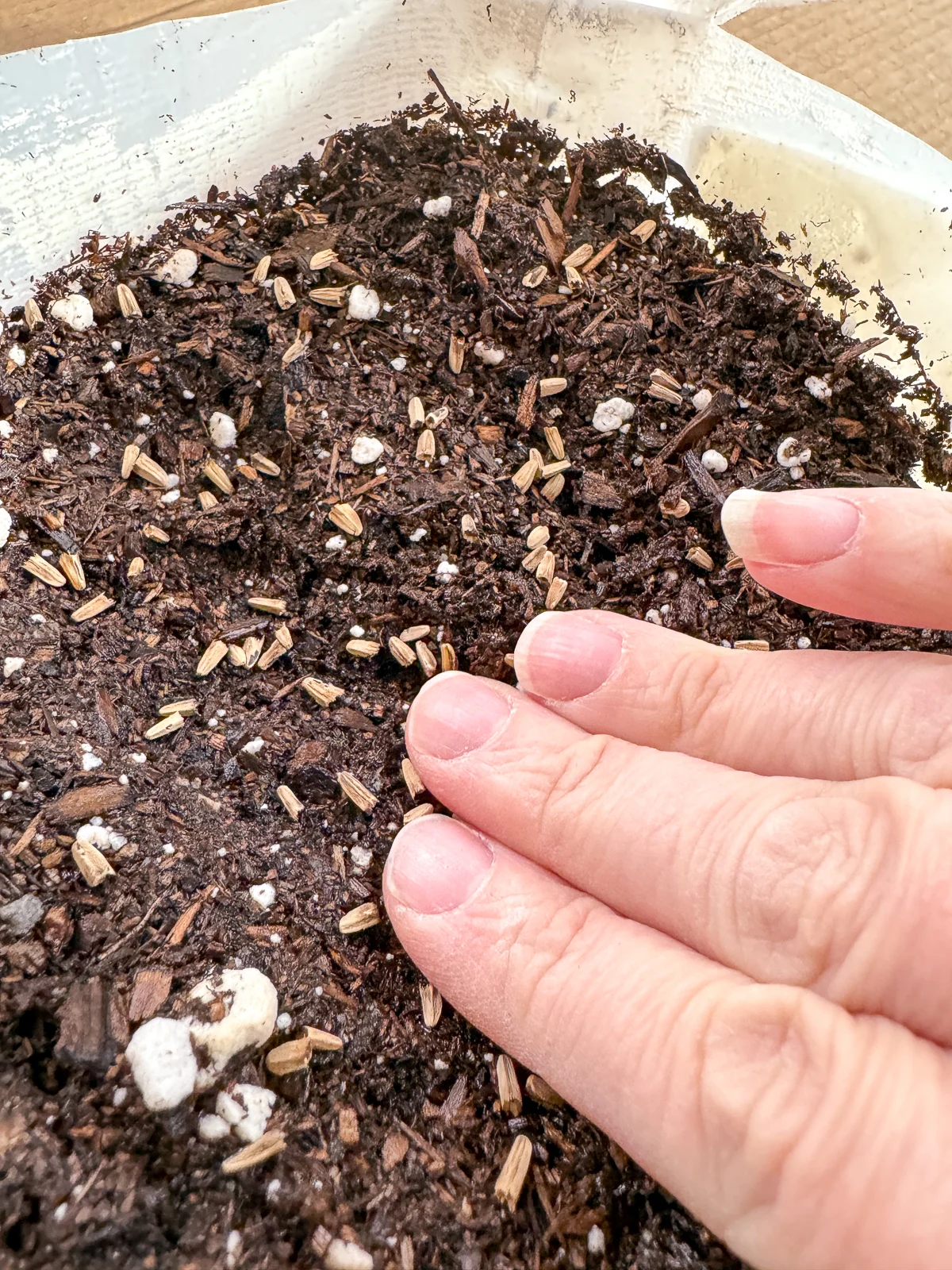
Give them a light watering to settle the seeds into place.
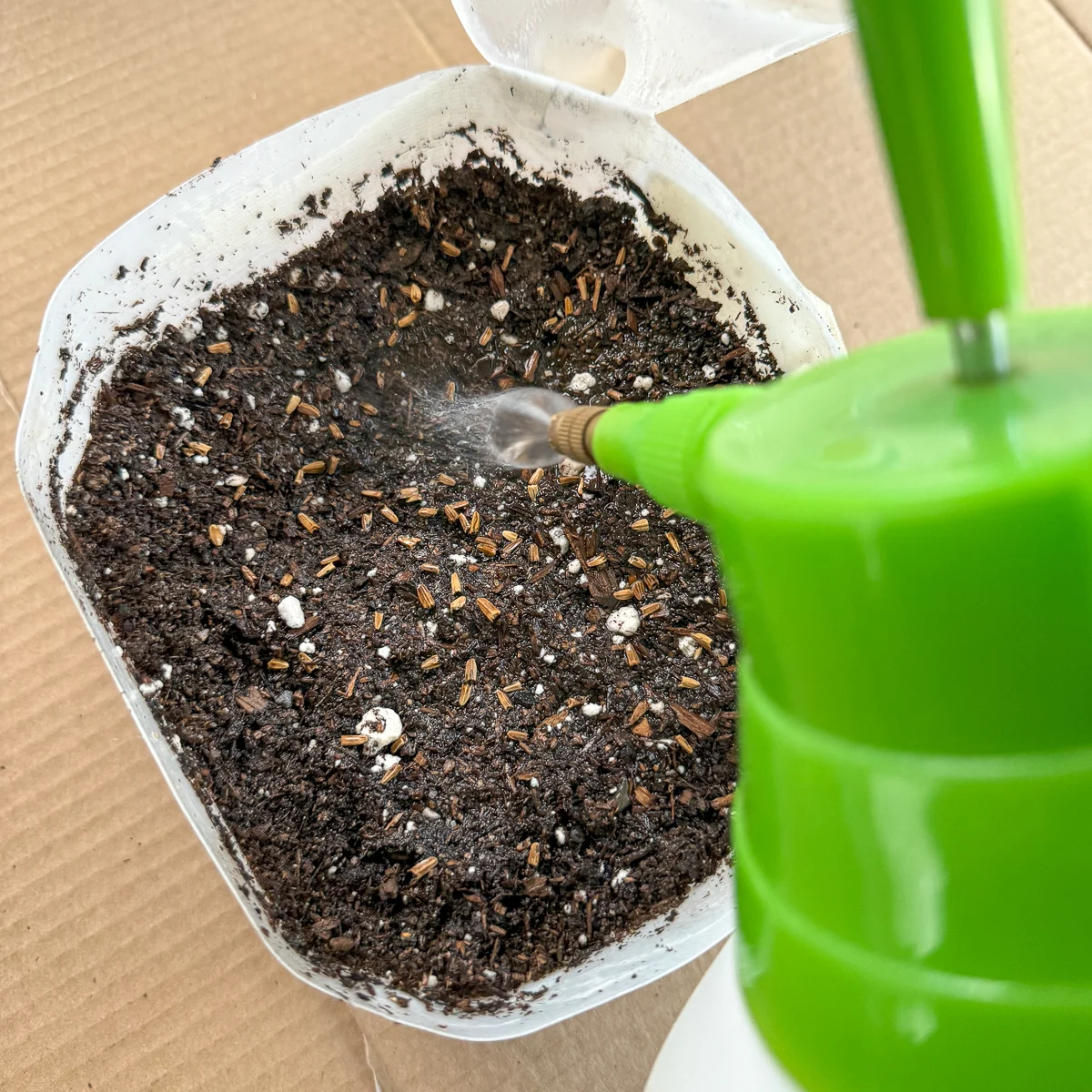
Close up the jug and place it outside
Wrap the jug with duct tape along the cut to seal it back up. Don't forget to label it, so you know what you planted!

Set your jugs in a sunny spot outside with the caps off. This will allow moisture to drip inside and water your seeds naturally. If you're experiencing a long dry spell, you can stick a spray nozzle into the hole for a quick watering. That's never really a problem for us here in rainy Seattle! 🙂
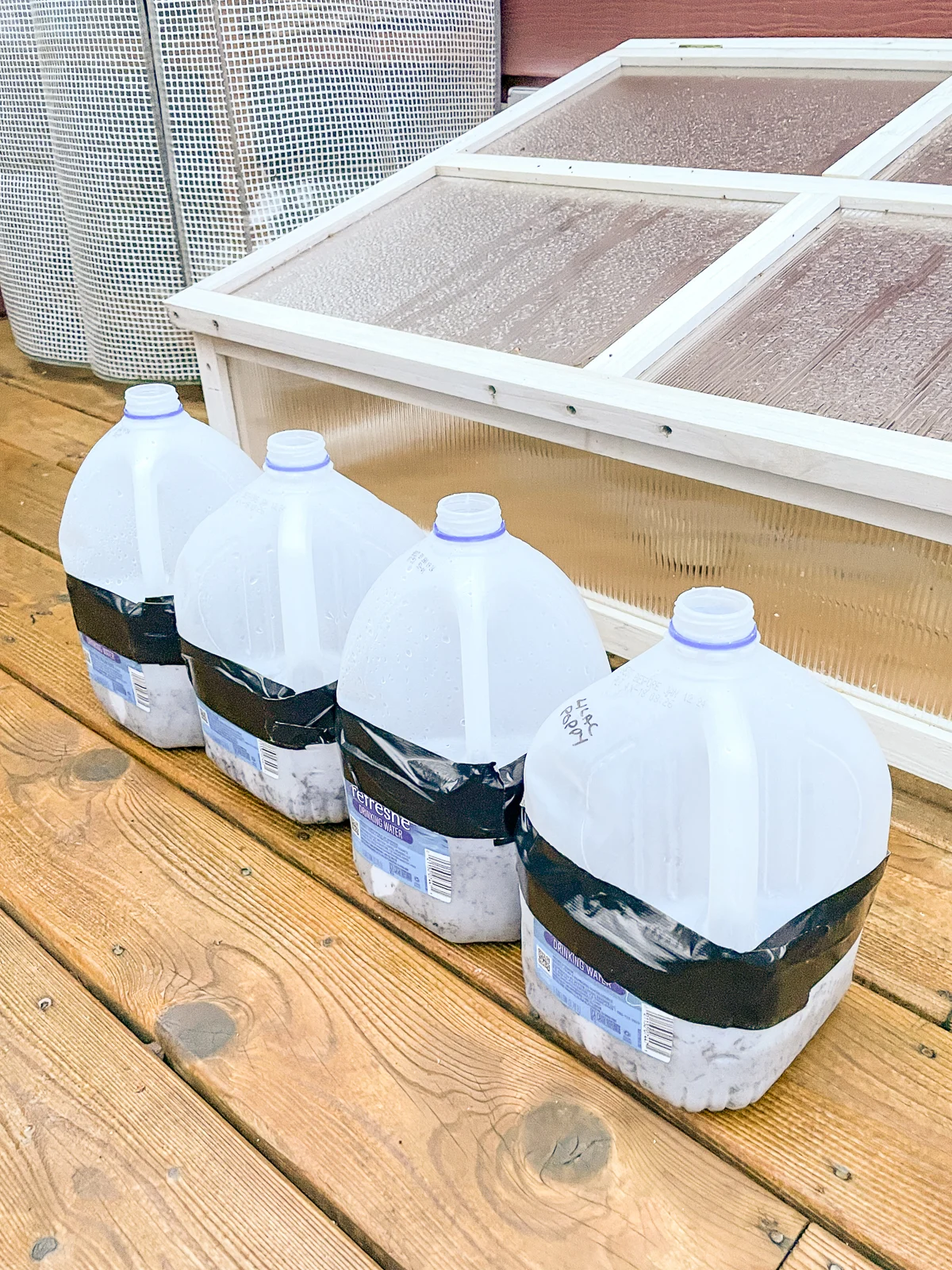
I had great success with this method last year when winter sowing poppies. Just look at all those seedlings! I'll update this article with pictures of my echinacea seedlings when they sprout in the spring.
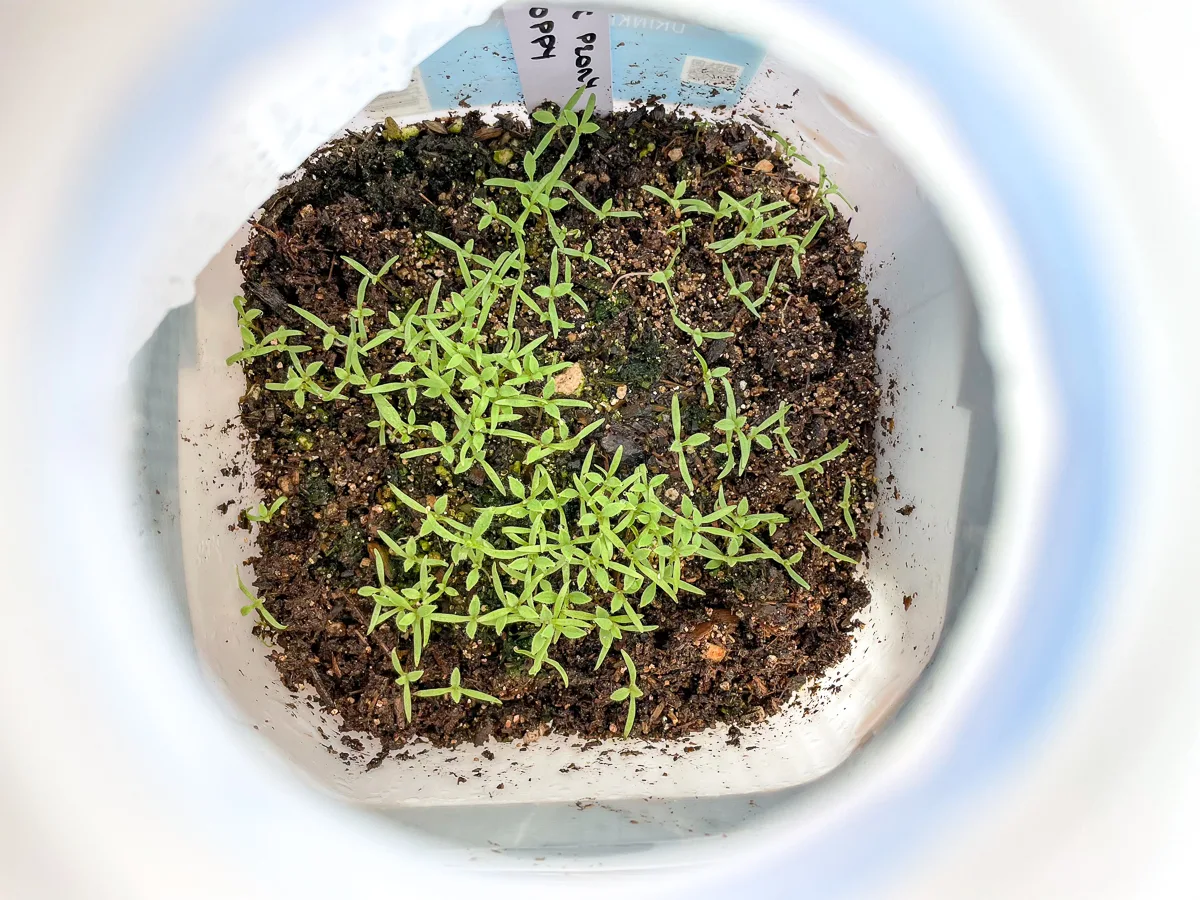
Planting echinacea seedlings
When the weather starts to warm up, open up the jug and leave the top half off unless temperatures dip below freezing. This will allow for more air circulation around your seedlings, and will prevent them from getting too warm in their little greenhouse.
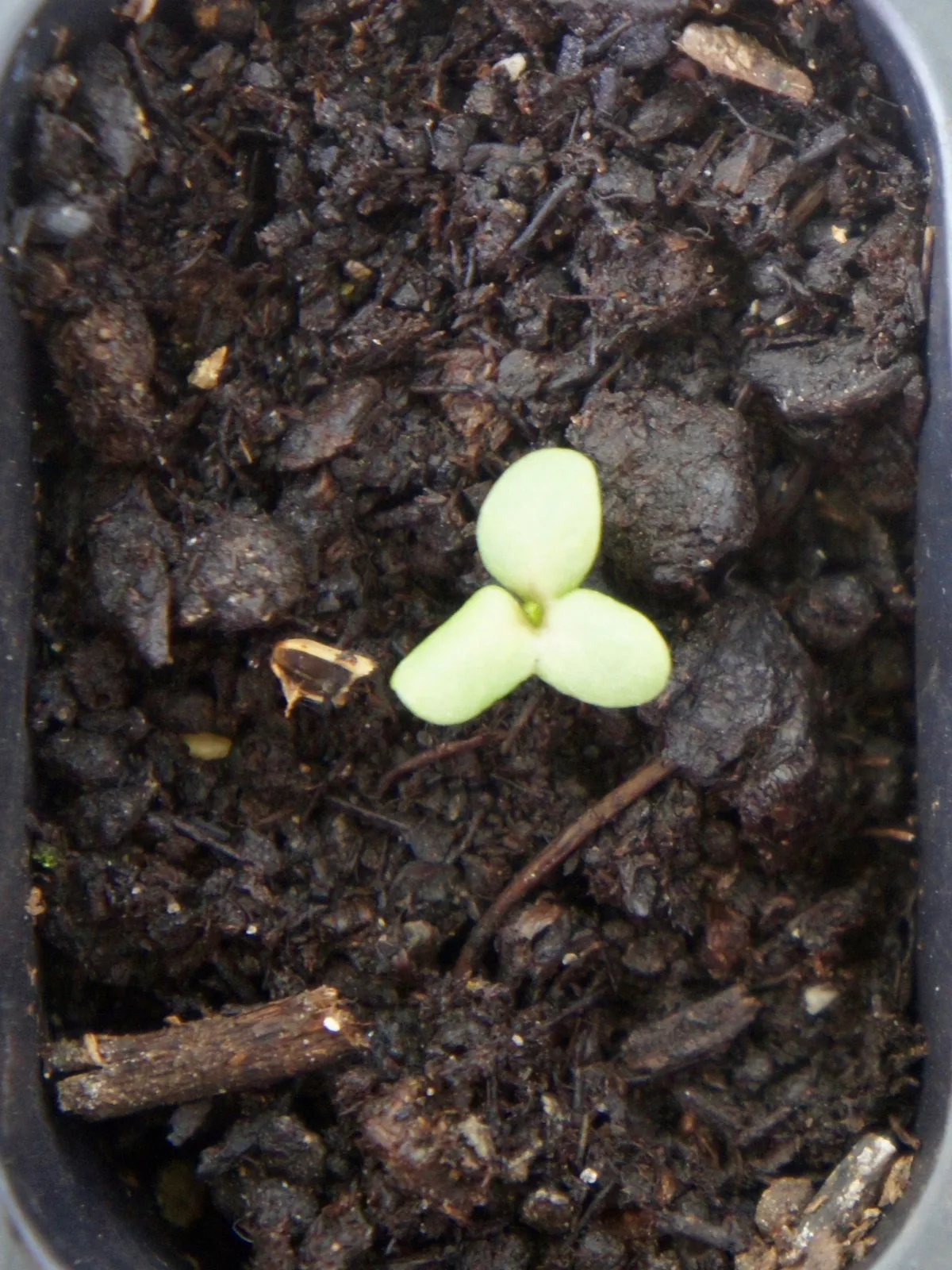
Unlike seeds that are started indoors, winter sown seedlings don't need to be hardened off. When the ground gets warmer and is easily worked, gently separate them and plant at the same depth as before. Easy peasy!
Have you tried winter sowing echinacea before? I'd love to hear about your experience in the comments below!

